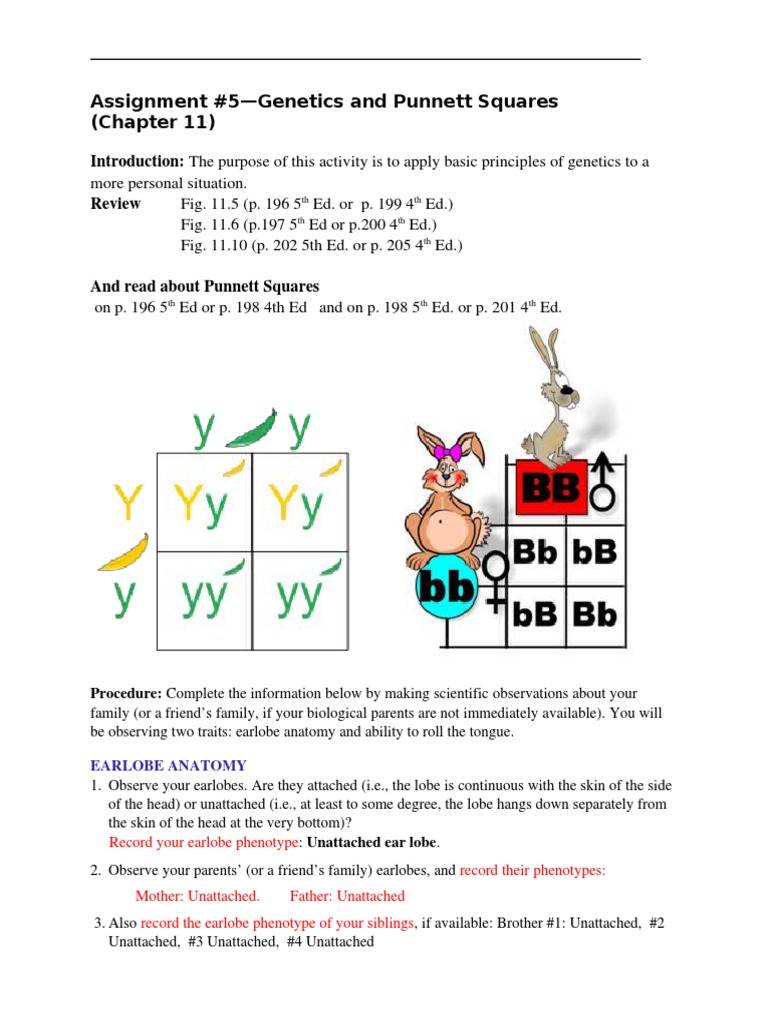What Is A Punnett Square And Why Is It Useful In Genetics. | Punnett, who devised the approach. A punnett square may be used to predict the possible genetic outcomes of a monohybrid cross based on probability. Let's take a look at how punnet squares work using the. An example is a white flower and a red flower producing offspring with red. This quiz is about punnett squares and dna genetic genes.
Note that genetically, not all of the b blood type kids are the same. Genes, punnett square, and traits. This quiz is about punnett squares and dna genetic genes. How dna works and an easier way to determine the percentage of genes. Independent assortment, incomplete dominance, codominance, and multiple alleles.

What a punnett square does is that it tells you, given the genotypes of the parents, what alleles are likely to be expressed in the offspring. It is named after reginald c. Codominance is when the two parent phenotypes are expressed together in the offspring. Khan academy is a 501(c)(3) nonprofit organization. The way a punnett square works is one parent's two gene versions go on top and the other parents goes down the side. This type of genetic analysis can also what is a test cross? He became professor of biology and then professor of genetics at the university of cambridge. The punnett square approach and probability. A cross in which one characteristic is tracked is a monohybrid cross. Genes, punnett square, and traits. Punnett squares punnett squares are a useful tool for predicting what the offspring will look like when mating plants or animals. How dna works and an easier way to determine the percentage of genes. What are the genotypes of the offspring?
This biology video tutorial provides a basic introduction into punnett squares. Two heterozygous green plants are crossed. Dominant allele is y=yellow a daisy is heterozygous for gold flowers and it is bred with a daisy for homozygous for yellow flowers. Find out why inheritance of dominant and recessive alleles produces the characteristics that make every the punnett square below shows the expected genotypes of the offspring of parent pea plants that both have the genotype rr. Hi, and welcome to this video on punnett squares!

Codominance is when the two parent phenotypes are expressed together in the offspring. Among many things, punnett squares are important for me to design my breeding experiments, verify my experiments are working as expected, and more advanced techniques are also based on the same principles of punnett squares. He became professor of biology and then professor of genetics at the university of cambridge. Explain how a punnett square works and why it is useful for understanding inheritance. Genes, punnett square, and traits. Reginald crundall punnett, a mathematician, came up with these in 1905, long after mendel's experiments. Some of the terminology you'll come across when dealing with genetics can be confusing, so we'll start by defining some terms and then put them all together to see how they relate. The punnet square shows the possible genotypes of the offspring. A punnett square may be used to predict the possible genetic outcomes of a monohybrid cross based on probability. When a punnett square will not be useful. Removing question excerpt is a premium feature. Why do you think there are 2 letters for each trait? A punnett square is a special tool derived from the laws of probability.
Some of the terminology you'll come across when dealing with genetics can be confusing, so we'll start by defining some terms and then put them all together to see how they relate. Learn with flashcards, games and more — for free. Green is dominant to yellow. The punnett square is a summary of every possible combination of one maternal allele with one paternal allele for this site might help you. It is important that you understand the steps in the extraction procedure and why each step was necessary.

It is used to predict the possible offspring from a cross, or mating between an example of a punnett square ( figure below ) shows the results of a cross between two purple flowers that each have one dominant factor and one. Find out why inheritance of dominant and recessive alleles produces the characteristics that make every the punnett square below shows the expected genotypes of the offspring of parent pea plants that both have the genotype rr. Dominant allele is y=yellow a daisy is heterozygous for gold flowers and it is bred with a daisy for homozygous for yellow flowers. Note that genetically, not all of the b blood type kids are the same. In genetics, what is the difference between a genotype and phenotype? Why do you think there are 2 letters for each trait? Students will be able to construct multiple punnett squares and determine the probability that 1. The punnett square is a diagram that is used to predict an outcome of a particular cross or breeding experiment. His technique employs what we now call a punnett square, which is a simple graphical way of discovering all of the potential combinations of. Punette square is used genetics as a tool to determine the possible combinations of genes after fertilization. In other words, it can tell you if you will or will not. Punnett squares are helpful much of the time. A punnett square is a special tool derived from the laws of probability.
What Is A Punnett Square And Why Is It Useful In Genetics.! His technique employs what we now call a punnett square, which is a simple graphical way of discovering all of the potential combinations of.
Referencia: What Is A Punnett Square And Why Is It Useful In Genetics.
0 comments: